MICHAEL LUNDGREN WITH KIRK CRIPPENS AND GRETCHEN LEMAISTRE
Thursday, November 16th, 2017 7:30 PM PST
San Francisco Art Institute Lecture Hall
800 Chestnut St, San Francisco, CA 94133
This event is presented in partnership with the San Francisco Art Institute
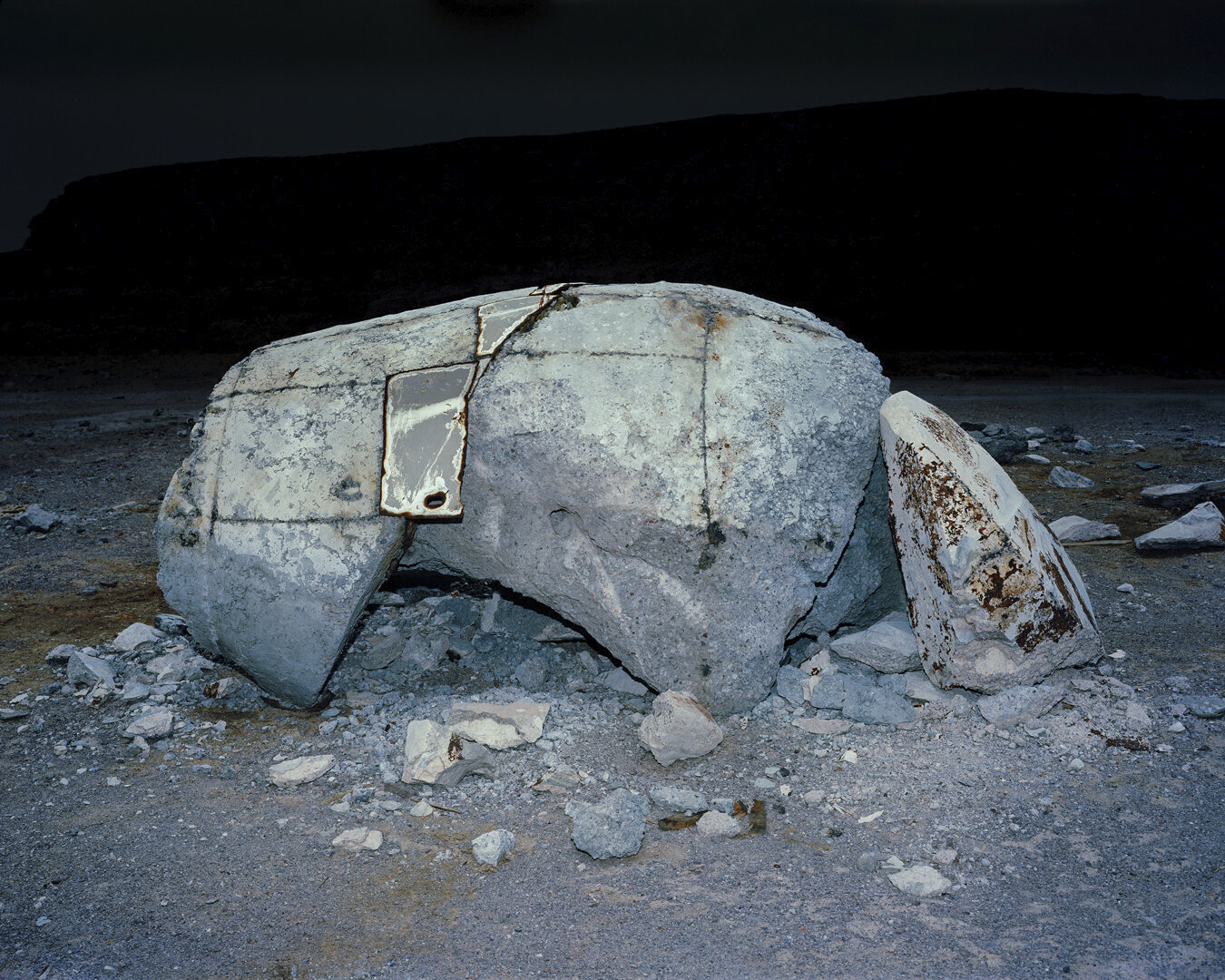
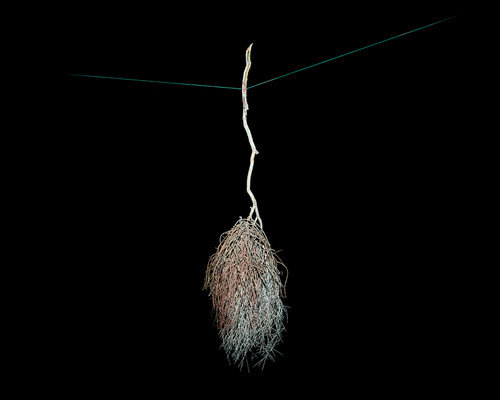
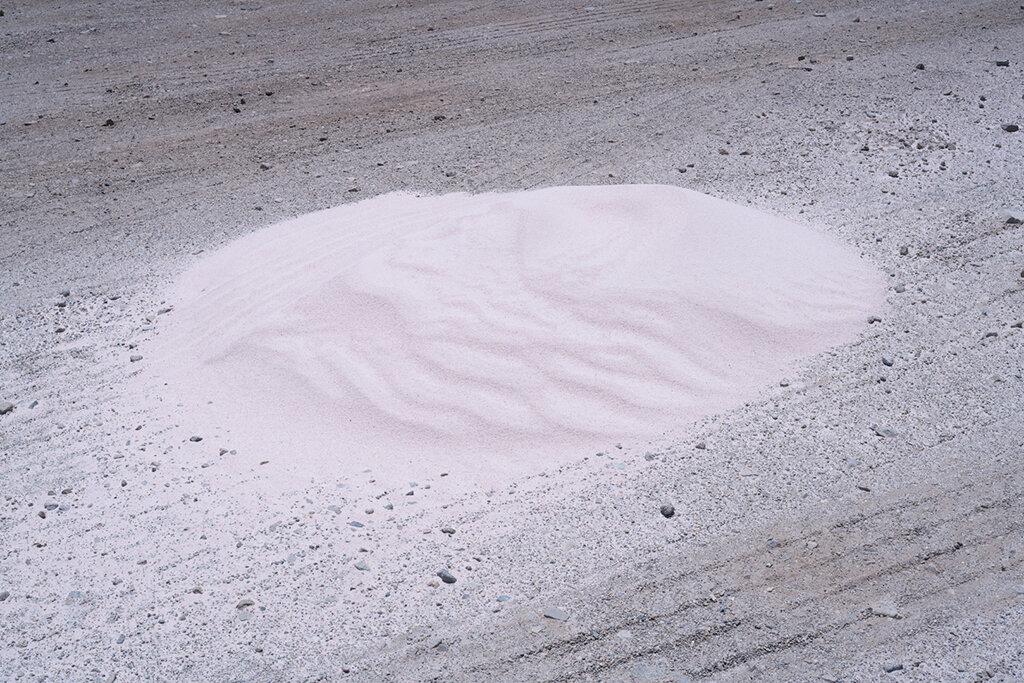
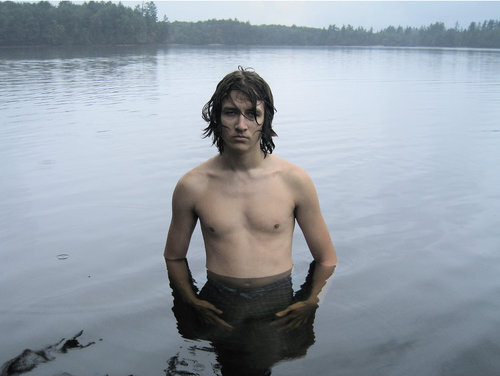
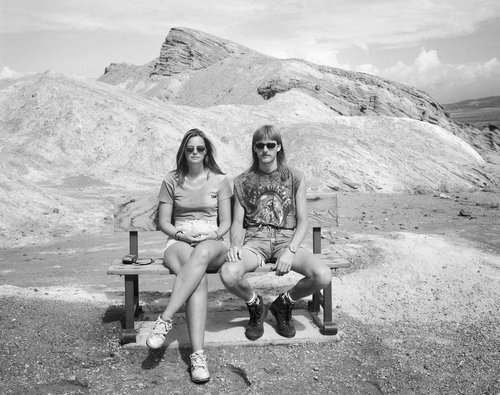
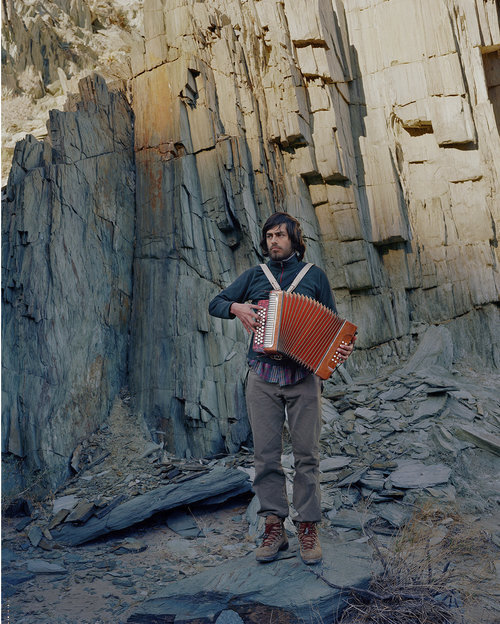
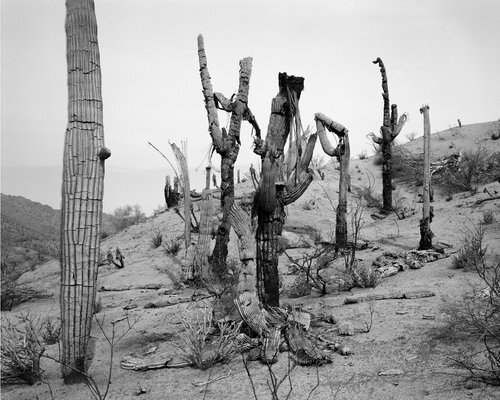
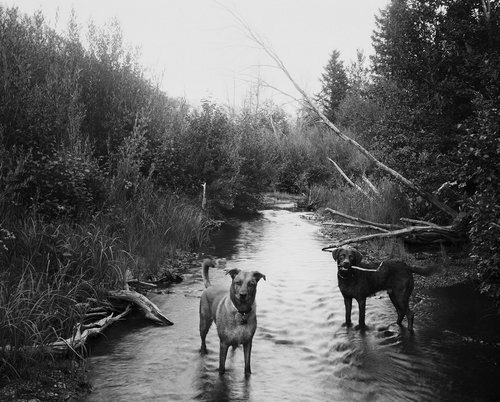
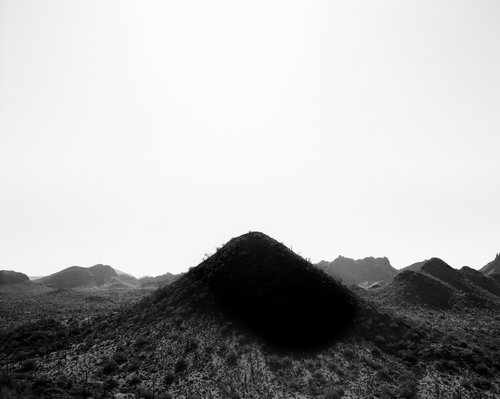
All photos © Michael Lundgren
About Michael Lundgren:
Michael Lundgren spent his formative years roaming the woods and fields of upstate New York, receiving his BFA from the Rochester Institute of Technology. Pulled by the vast Western landscape, he moved to Phoenix, Arizona where he earned an MFA in studio art from Arizona State University. He continues to live and work in the West.
As an artist, Lundgren draws on a deep current in photographic tradition that takes the natural world as a seat of transcendence. Lundgren works collaboratively with artists, scientists and writers on historically and socially engaged bodies of work, but his true passion is the poetic potential of the medium. His first monograph, Transfigurations (2008) is an evolution of the modernist search for form within a primitive landscape. Award-winning publisher Radius Books has just released Lundgren’s second monograph, Matter. Edited from nine years of picture making, Matter is a tightly woven sequence conjuring an element of the supernatural across multiple terrains. Carrying a metaphoric visual trope throughout—an enveloping form—the photographs depart from the confines of the descriptive landscape. Lundgren was recently named a 2017 Guggenheim Fellow and is currently working towards a new body of work.
Publications such as Foam, Design Observer, The Believer, and Hotshoe have published Lundgren’s work and interviews. He has been awarded accolades from the Magenta Foundation, 10x10 American Photobooks, The Silverstein Photography Annual, and the Arizona Governor’s Award. Lundgren collaborated with artist Mark Klett, environmental historian Philip L. Fradkin and acclaimed author Rebecca Solnit on the book and exhibition, After the Ruins, 1906 and 2006, Rephotographing the San Francisco Earthquake and Fire (2006), a project that probes the meaning of ruins, and the evolving geography and history of a resurrected city by bringing past and present into dynamic juxtaposition.
Lundgren’s work resides in the esteemed collections of the Victoria & Albert Museum, London; the Museum of Photographic Arts, San Diego; the Fralin Museum, Charlottesville; Brandts Museum of Photographic Art, Denmark; among others. Lundgren has exhibited in contemporary art galleries and museums including ClampArt and Bruce Silverstein galleries in New York; the Legion of Honor, San Francisco; the Fralin Museum; Tokyo Photo; Paris Photo; and the Victoria & Albert Museum. Most recently his work was included in exhibitions such as Out of Obscurity, Flowers Gallery, London, Defying Darkness, MOPA, San Diego and Where There’s Smoke at Fraenkel Gallery, San Francisco.
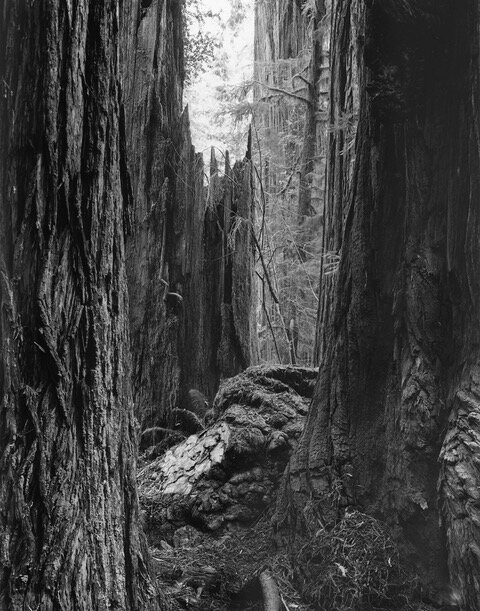
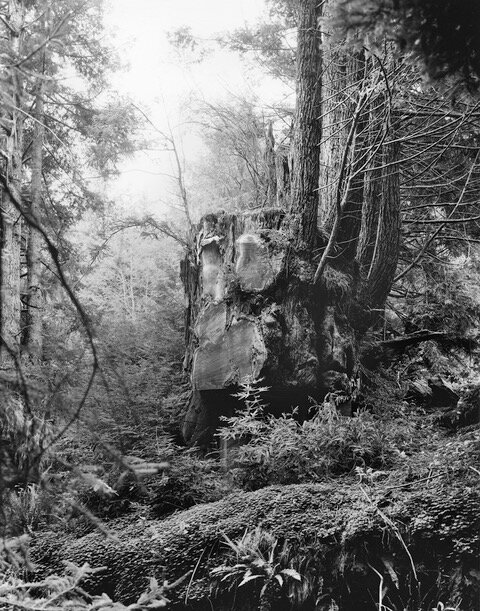
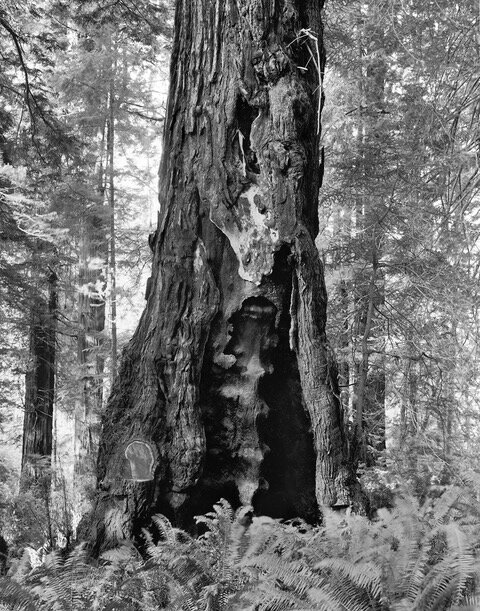
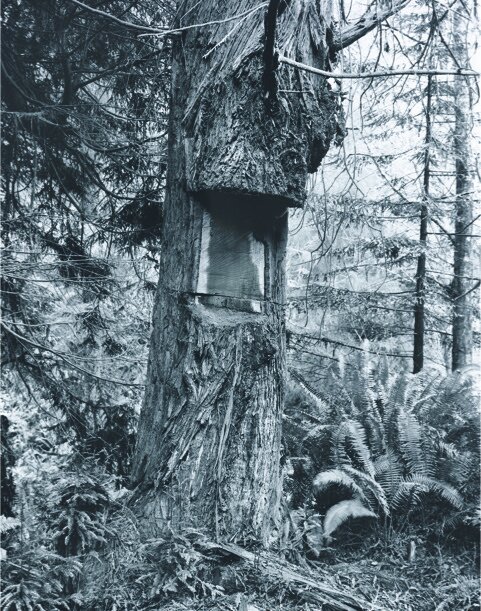
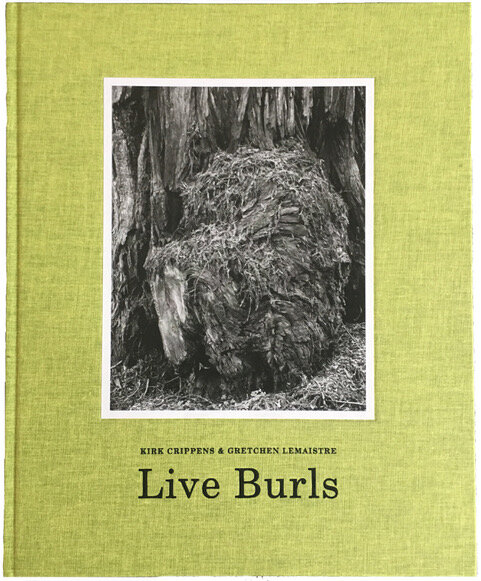
All photos © Kirk Crippens & Gretchen LeMaistre
About Kirk Crippens & Gretchen LeMaistre:
Kirk Crippens & Gretchen LeMaistre Burls Website
Burls
As we trudged through old-growth redwood forests, under the weight of an 8x10 camera, tripod, and film holders, we imagined Carleton Watkins and Eadweard Muybridge, master photographers of the late nineteenth century. We had chosen to maintain continuity with our forebears by making our own photographs in traditional black-and-white format.
The early masters captured the magnificence of these trees during the heyday of western expansion in the 1800s. Carleton Watkins’ pristine photographs became instrumental in preservation efforts to secure land for our National Park Service. Other photographers of the same era showcase proud lumberjacks next to their felled trophies. Their photos embody the fever of conquered dominion and are characterized by a circus attraction for the trees’ mammoth proportions. Despite their contradictory intent, all these images seeded photographic history and perceptions of nature in America.
Redwood trees bear the species name sempervirens, or “ever living.” Some redwoods in the Northern Hemisphere have been alive since the days of the Roman Empire, more than 2,500 years ago. The oldest among them are living witnesses to our human history. We celebrate the trees and their forests for their beauty, longevity, and monumental size. They are also known for their accelerated ability to regenerate, a capacity sustained through their knobby protrusions, called “burls.” Growing at the base of the trees and on their trunks, the burls contain stem cells that enable the redwoods to clone and nourish themselves.
Only a small percentage of redwood seeds become trees; instead, sprouting burls grow the majority of offspring. In a sense, a redwood tree may never truly die, because the burls’ genetic codes maintain cycles of reproduction dating back nearly 200 million years, when the species began.
Today less than five percent of old-growth redwood forest remains in the Northern Hemisphere, most living in the Redwood National and State Parks. Yet even the protected trees of the parks are subject to threat. Burl wood-grain is prized on the black market for its exquisite rarity. Poachers sometimes harvest the burls for consumer profit. In 2013 an alarming number of trees in the Redwood National and State Parks were targeted by poachers with chainsaws. One team of thieves was bold enough to fell an entire tree for its burl. Sadly, they jettisoned the 500- pound burl by the side of the road when it proved too heavy for their vehicle. Brett Silver, a supervising park ranger, compared the act to hacking up a church, echoing Theodore Roosevelt’s words in 1890-that a grove of giant redwoods is like “a great or beautiful cathedral.” Wounded trees are more vulnerable to disease. Their ability to reproduce is endangered and the entire grove ecosystem is compromised. Decades may pass before the full extent of the damage can be assessed.
We learned of the poaching incidents through the media. Upset by the targeting of these iconic national treasures, we contacted park rangers, who led us to the shorn trees in the forests. We observed directly the disfigurement of reckless consumerism. We wondered about the fate of the trees as we returned through many seasons to portray them in optimal light.
For us, the connection between photography and the redwoods is charged with historical significance. The scarred redwoods are emblems of both natural glory and entitled consumption. They represent the dual nature of the American dream. In the present day, as in the past, we witness their desecration and endeavor to continue the conversation begun by the early masters.